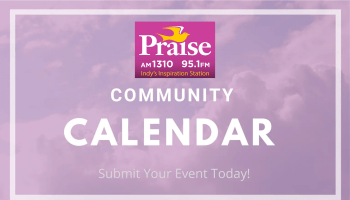Armistice Day, as November 11 became known, officially became a holiday in the United States in 1926, and a national holiday 12 years later. On June 1, 1954, the name was changed to Veterans Day to honor all U.S. veterans.
Read:Puerto Rico Awaits Congress Vote & Final Details On Statehood
In 1968, new legislation changed the national commemoration of Veterans Day to the fourth Monday in October. It soon became apparent, however, that November 11 was a date of historic significance to many Americans. Therefore, in 1978 Congress returned the observance to its traditional date.
Official, national ceremonies for Veterans Day center around the Tomb of the Unknowns.
To honor these men, symbolic of all Americans who gave their lives in all wars, an Army honor guard, the 3d U.S. Infantry (The Old Guard), keeps day and night vigil. At 11 a.m. on November 11, a combined color guard representing all military services executes “Present Arms” at the tomb. The nation’s tribute to its war dead is symbolized by the laying of a presidential wreath and the playing of “Taps.”
Like Elev8 On Facebook To Enrich Your Mind, Body & Soul!
Congress voted Armistice Day a federal holiday in 1938, 20 years after the war ended. But Americans realized that the previous war would not be the last one. World War II began the following year and nations great and small again participated in a bloody struggle. After the Second World War, Armistice Day continued to be observed on November 11.
Interesting Election Day Facts & Meanings
In 1953 townspeople in Emporia, Kansas called the holiday Veterans’ Day in gratitude to the veterans in their town. Soon after, Congress passed a bill introduced by a Kansas congressman renaming the federal holiday to Veterans’ Day. 1971 President Nixon declared it a federal holiday on the second Monday in November.
What Is Veteran’s Day’s? was originally published on elev8.com















